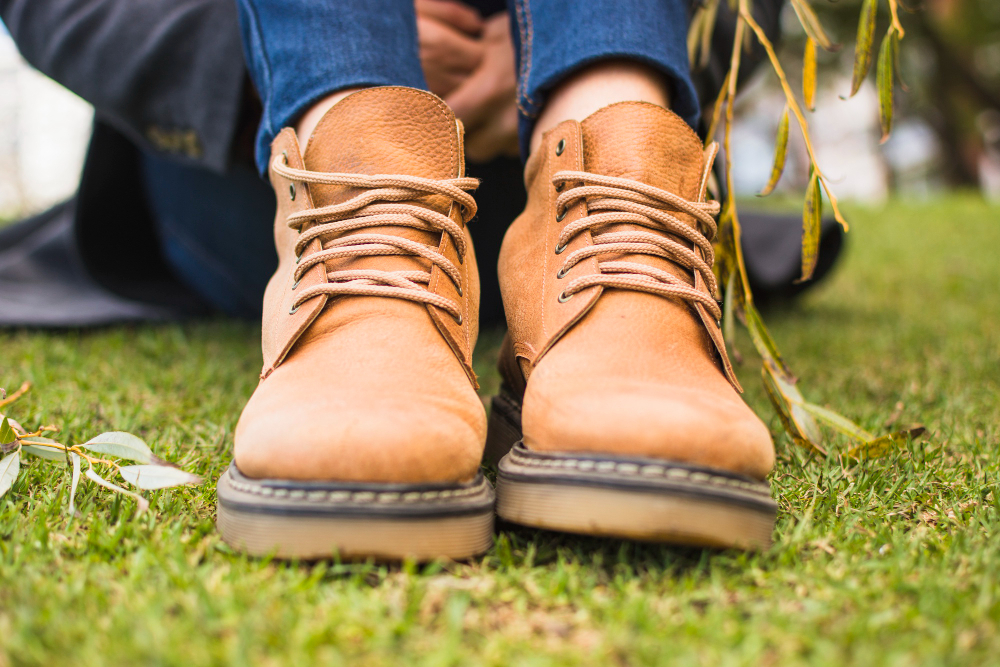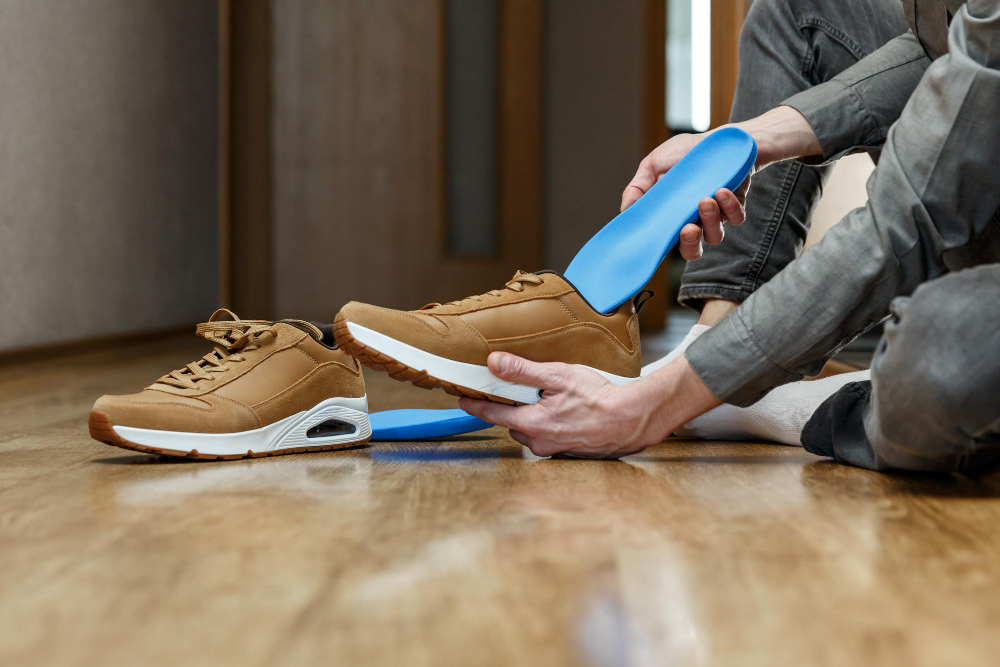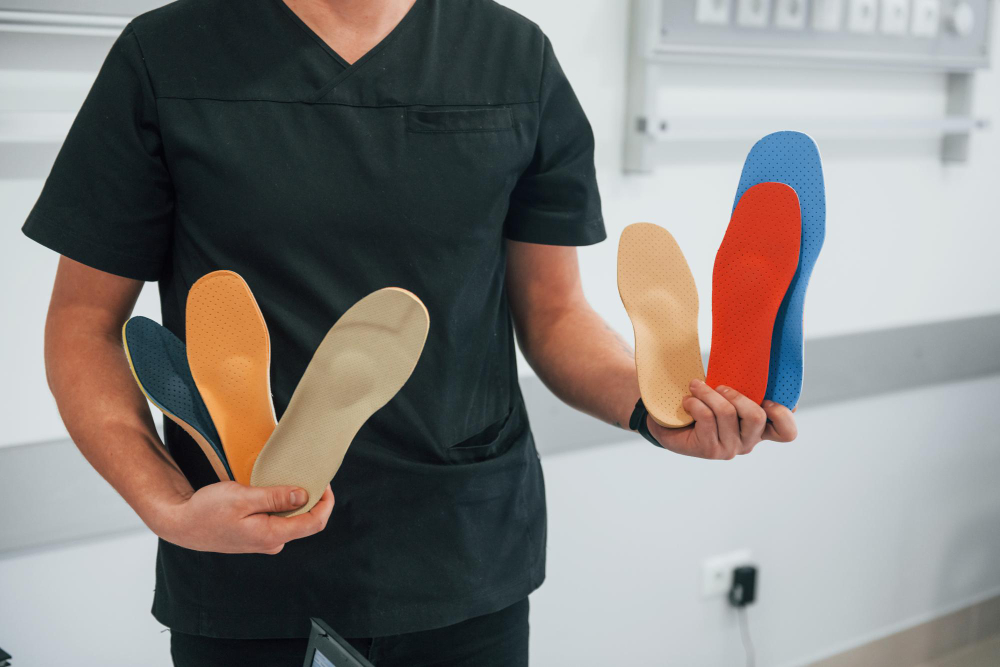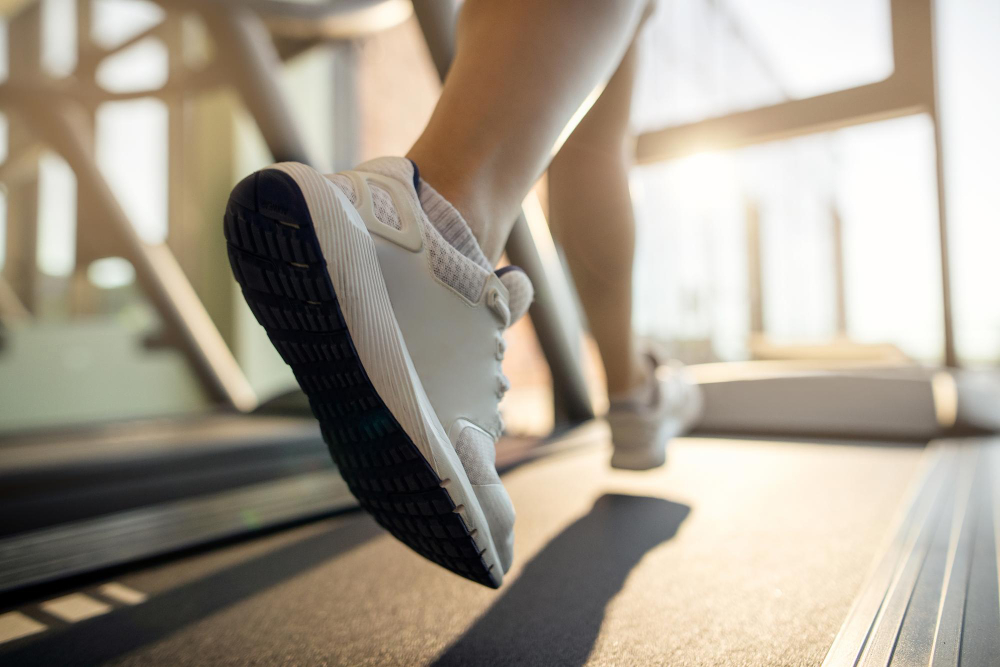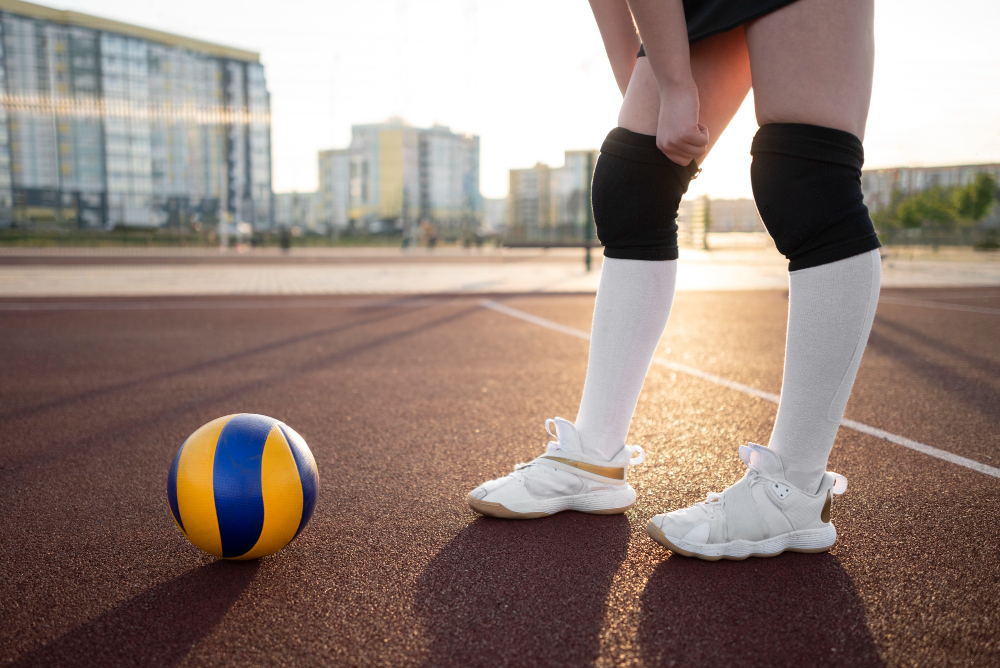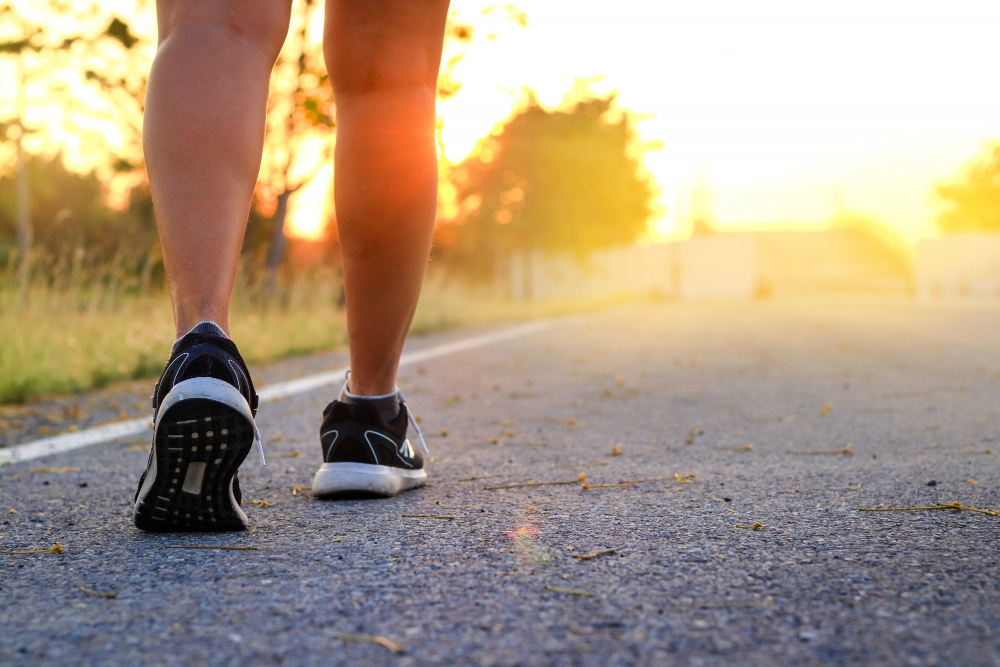Rheumatoid arthritis and foot orthotics
A chronic disease that attacks multiple joints throughout the body, rheumatoid arthritis (RA) most often begins in the small joints of the feet and hands, and typically affects the same joints on either side of the body. RA is an autoimmune disease that affects not only bones and joints, but tissues throughout the body, damaging blood vessels, nerves, and tendons. The most common signs of RA are deformities of the hands and feet. Foot and ankle symptoms are the first sign of the disease in approximately 20 percent of sufferers.
The most common symptoms of RA are stiffness, swelling and pain in joints of the foot. Many sufferers will notice difficulty or pain in the ankles when walking up inclines or stairs. Walking and standing may become painful as the disease progresses. Pain is common beneath the fibula on the outside of the foot. The alignment of the foot often shifts as the disease progresses, and flatfoot deformities may occur. Pain or discomfort may also occur along the posterior tibial tendon on the inside of the ankle. The ligaments that support the foot can also become weakened, and the arch may collapse. Large, bony prominences on the arch of the foot may also appear.
Other problems can include bunions, claw toes and pain in the ball of the foot. Ulcers can also occur as a result of the abnormal pressures created on different areas of the foot. Joints become progressively more stiff as the disease progresses.
Custom orthotics are highly effective in minimizing pressure from the prominent bones of the foot. While the orthotic will not correct the shape of the foot, pressure is minimized, and pain can be significantly reduced. Other treatments include rest, icing, and the use of nonsteroidal anti-inflammatory medications (NSAIDs).

